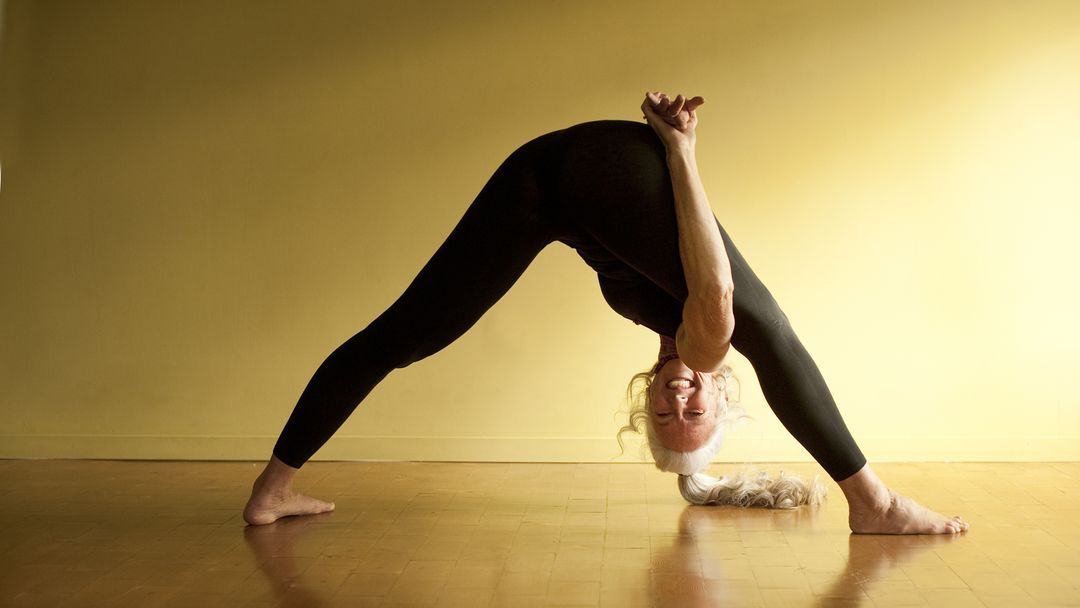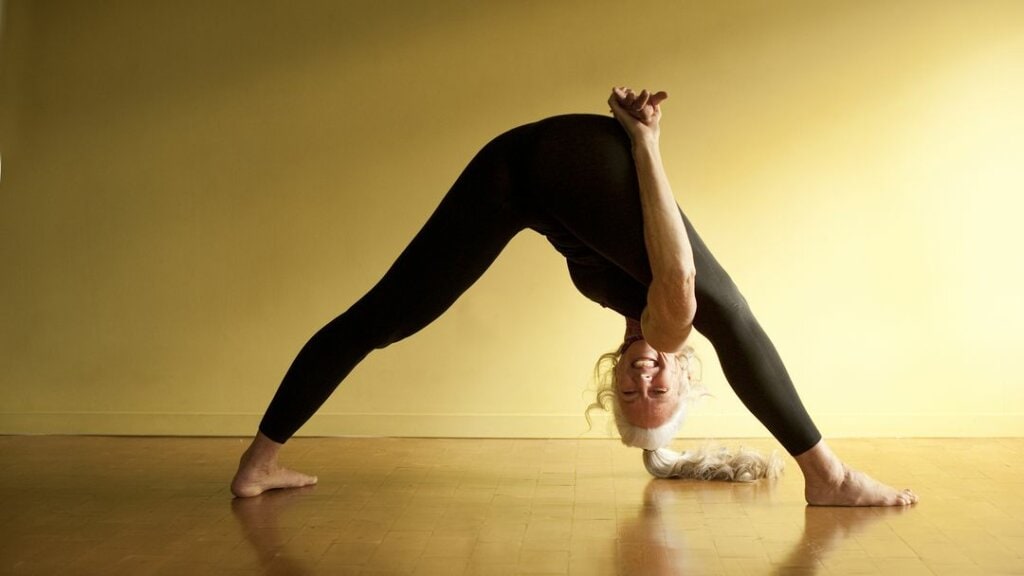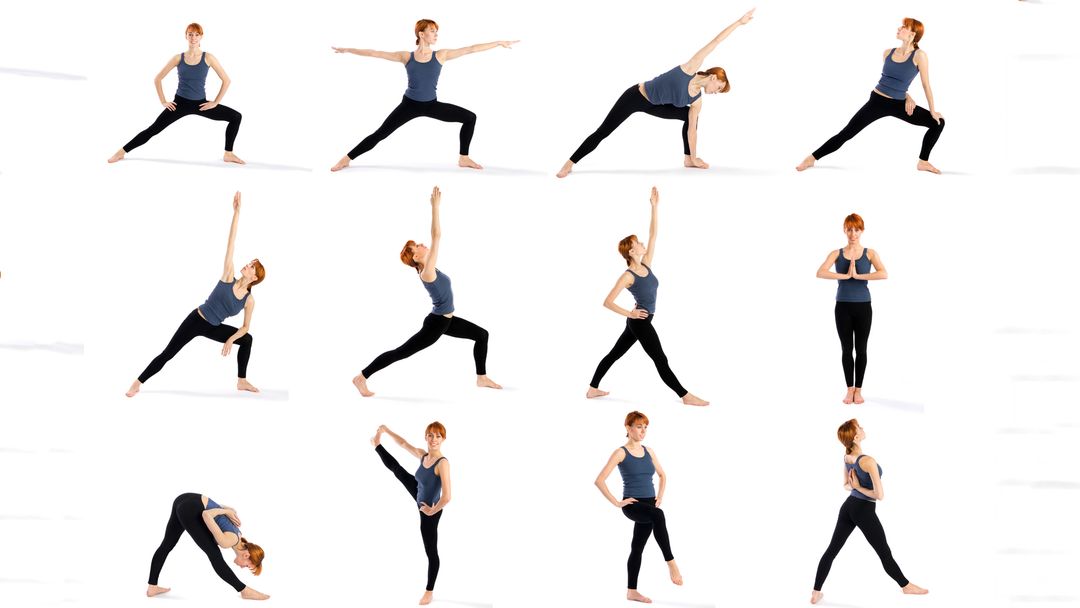Today, I consider my home practice one of my greatest assets. No matter where I go and no matter what is going on in my life, my home practice is something that I can access whenever I need it. As a yoga teacher, one of my greatest hopes is that all students evolve to that point in their practice, developing the confidence that they need to develop their own style of yoga that they create and cultivate from their very own homes. If you want to start practicing at home but don’t know where to begin, I highly recommended you sign up to the free 30 Day Yoga Challenge. You’ll build up your confidence and your strength, plus you’ll get used practicing daily!
If you’ve been thinking about moving to this new phase of yoga, read on for six steps that you can take to feel confident in your home practice.
Create a Space
My home yoga space is a small rectangle in a library/office in my house. I have just enough space to roll out my mat and to spread out in poses as needed. It’s nothing fancy, but it’s only for yoga. Ideally, choose a space that is free from distractions as much as possible. If it’s used only for yoga, great. If that’s not an option, work with what you have. The most important thing is to arrive on your mat. The rest will figure itself out.
Start with a Sequence
The best way to build up some confidence for a home practice is to start by designing and writing down a simple sequence. Page through yoga books or websites like DOYOU, noticing any poses that jump out at you. Don’t overthink it; just jot them down on a piece of paper in any order that they come to you. In general, a typical yoga classes begins with a warm-up of more gentle poses. You might then include some sun salutations, standing strength postures, some balance or core work, and then end with some more gentle postures to prepare you for savasana. That is a solid model to help you get started, but as you begin to explore, you don’t have to follow any rules at all; that’s the fun of a home practice!
Keep Pen and Paper Handy
Have a notebook and pen ready next to your yoga mat. As you move into or out of a pose, you might find yourself inadvertently designing a really cool combination or sequence. You also might have an idea for something new that you want to try next time. It’s totally fine to pause during your practice to jot down ideas; it will help you to build a repository of postures and sequences to draw upon when designing your next practice.
Keep Attending Classes
Even if you begin practicing more at home, it’s a really good idea to keep attending classes. Online classes are another option if you don’t feel like venturing out of the cozy home base you’ve created for yourself. By taking classes with various teachers, you’ll be getting ideas for your home practice. I can’t tell you how many times I’ve taken a class and thought to myself, “I have to remember to do that flow at home!”
Go Fully Intuitive
When you start to feel more confident, it’s time to explore another layer: a fully intuitive practice. Don’t worry: you’ve got this. It can feel strange at first, but trust yourself and trust yoga. Arrive on your mat and let whatever wants to come, come. Listen to your body. Explore your breath. Create the practice that is completely unique to you in this present moment. You have arrived.
While practicing with a yoga teacher is a very important part of the yogic tradition, there comes a time when most students of yoga want to develop a home practice. If you’ve found yourself hesitating, let these steps reveal the confidence that’s already inside of you. Most importantly, don’t forget to enjoy the ride!








